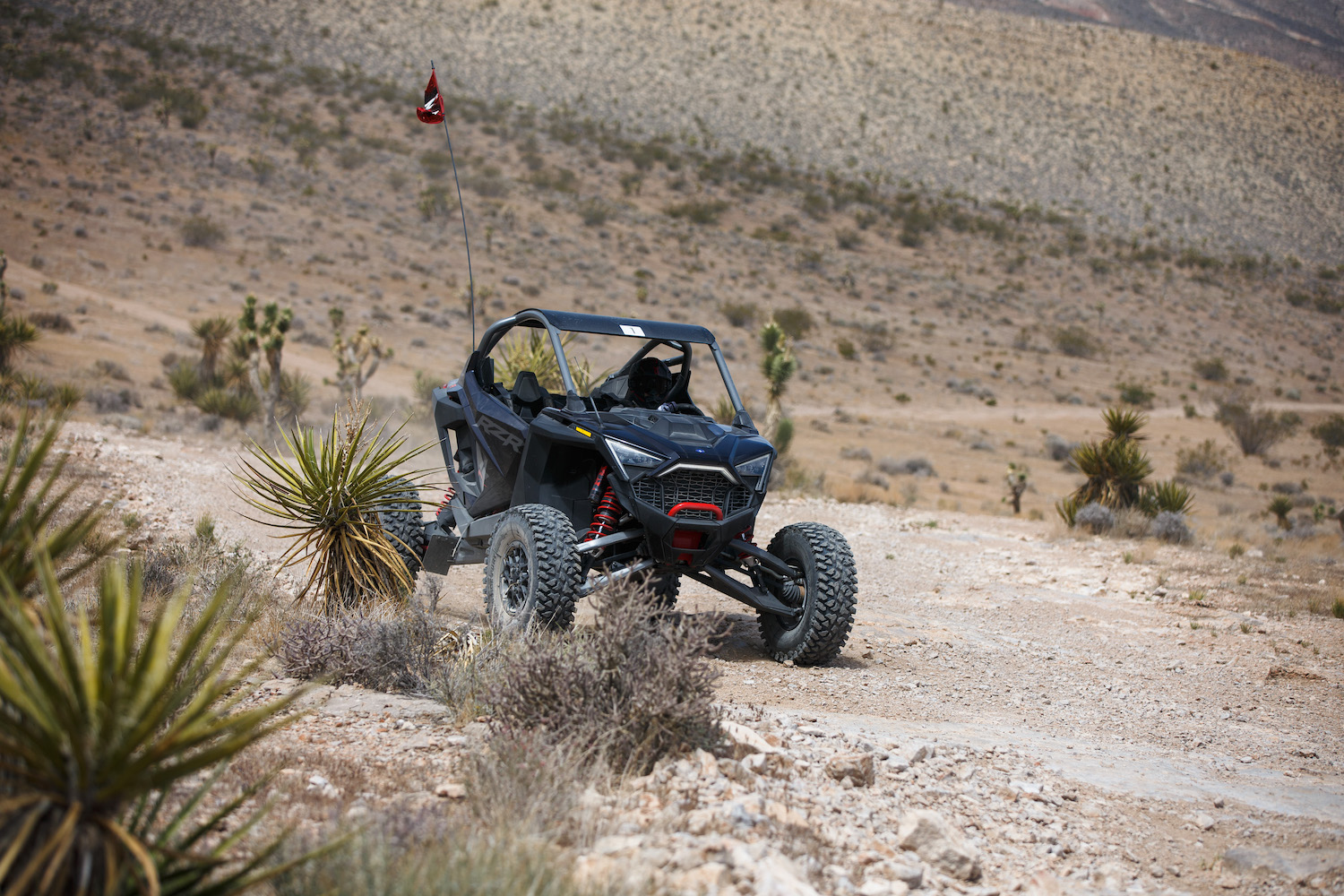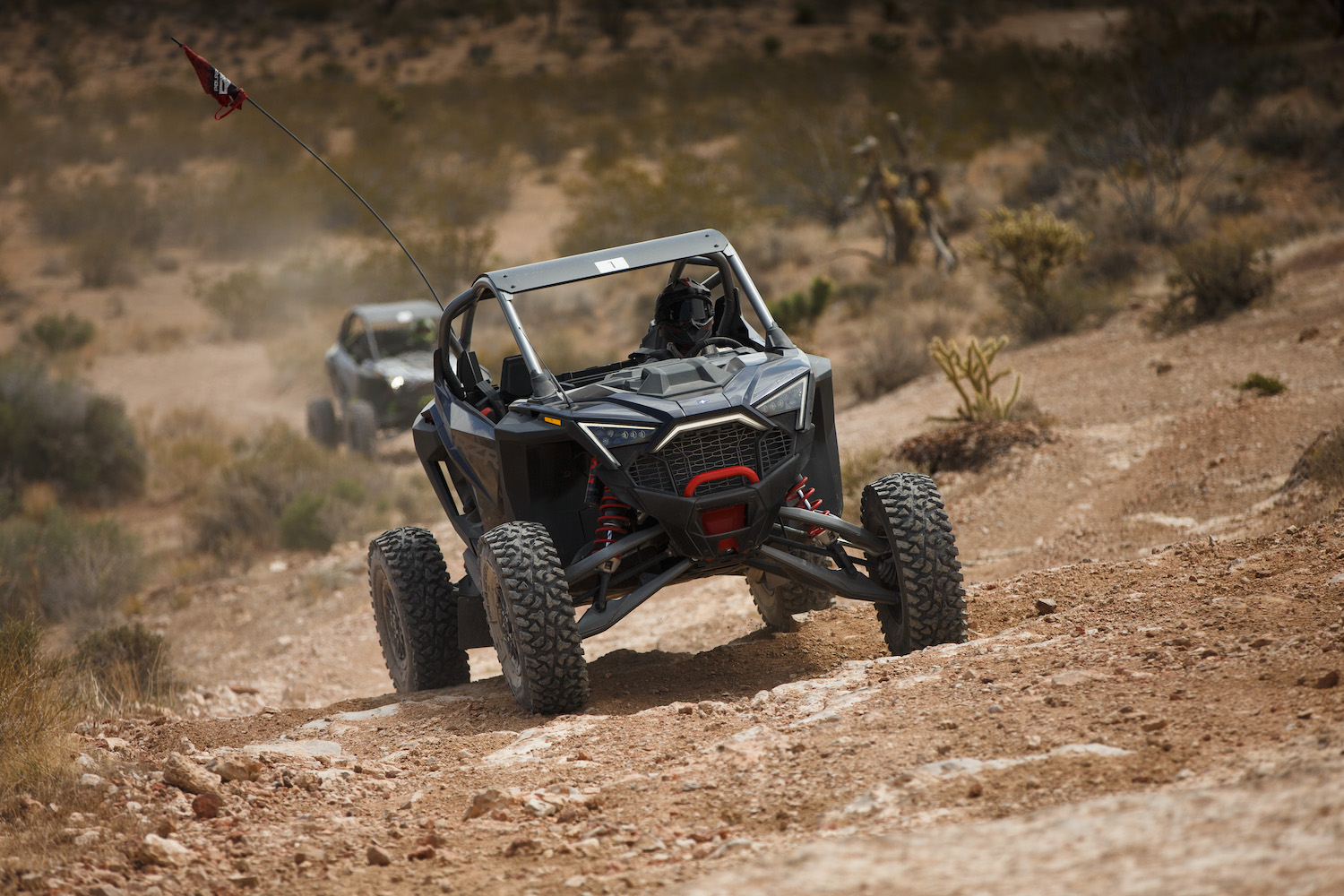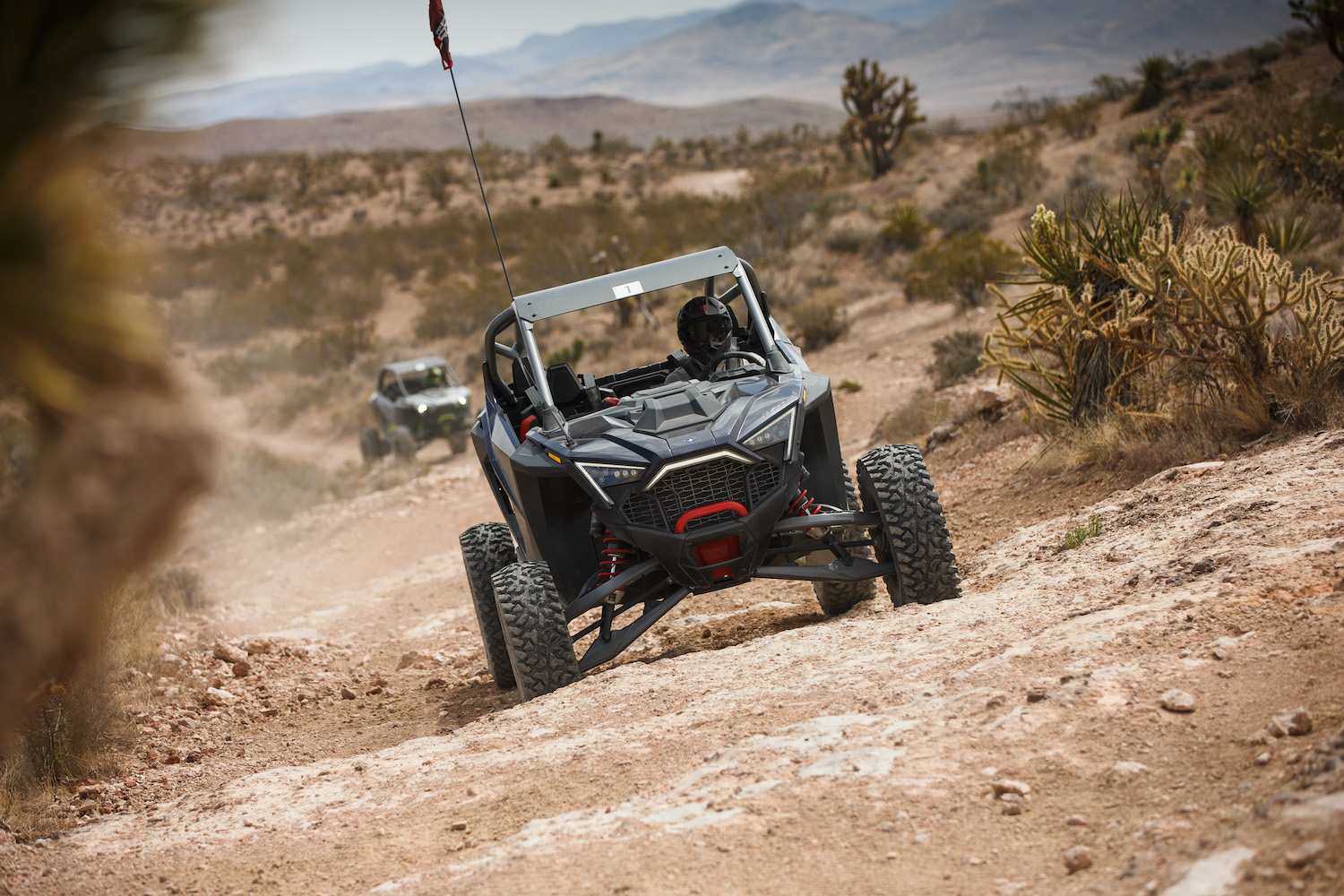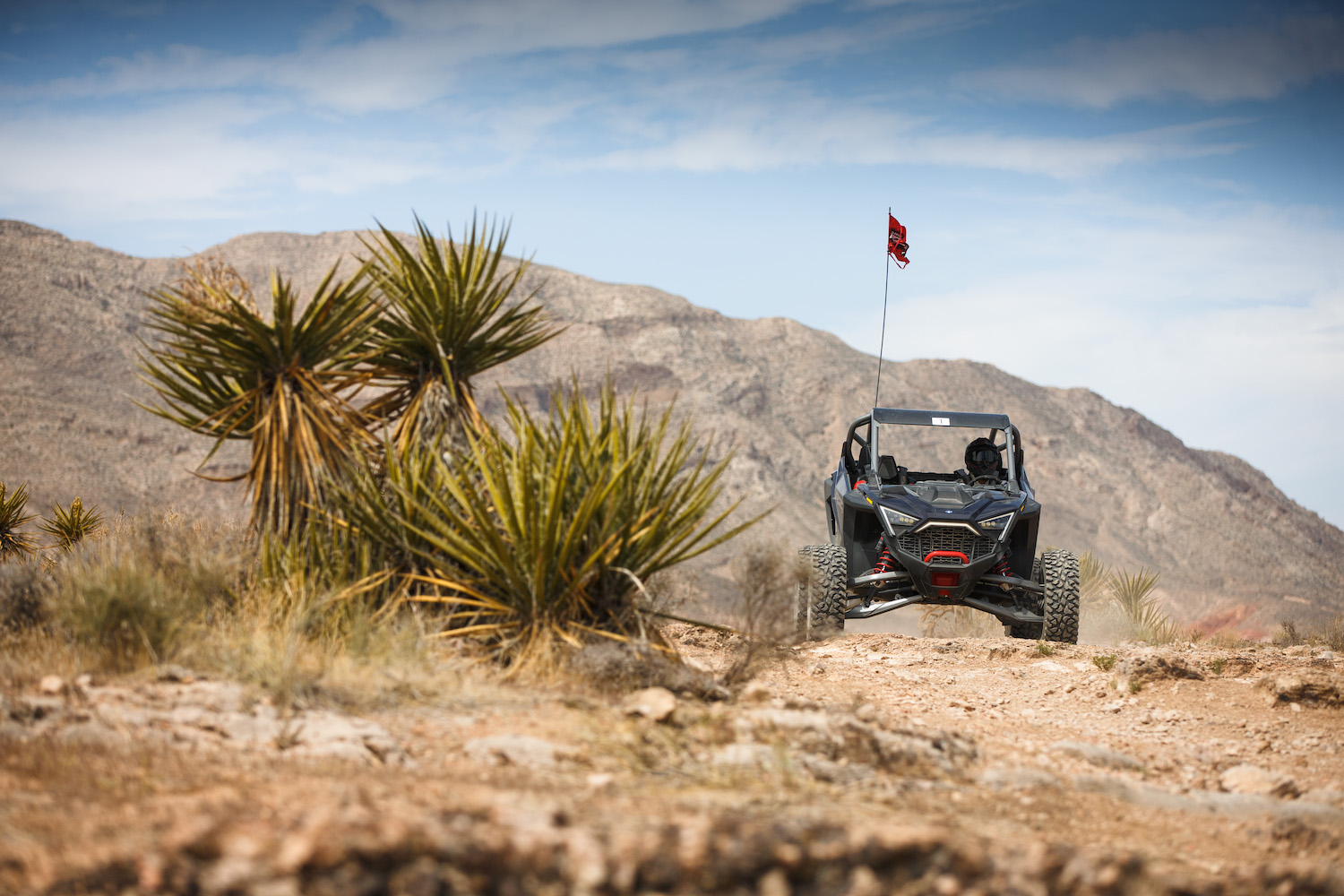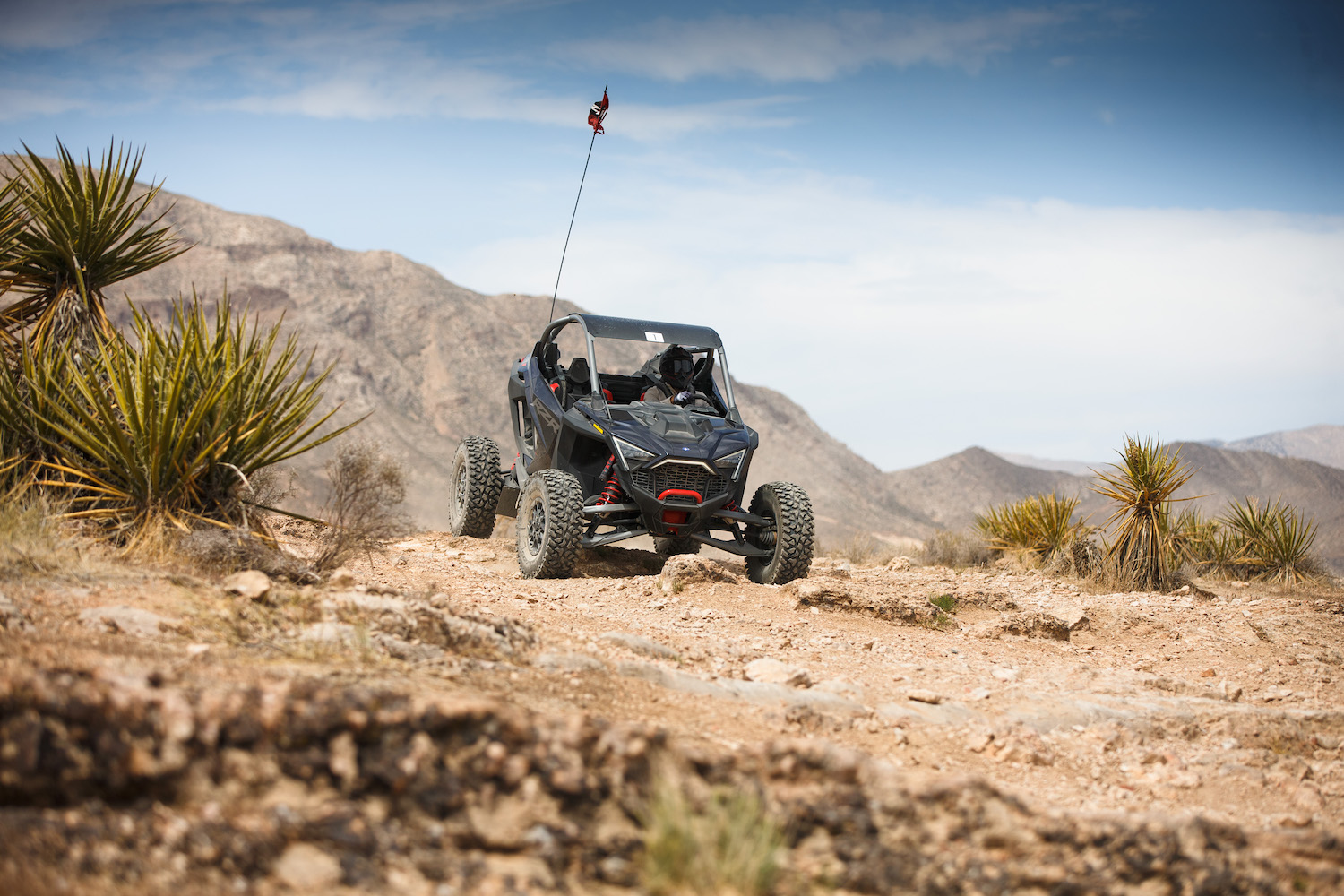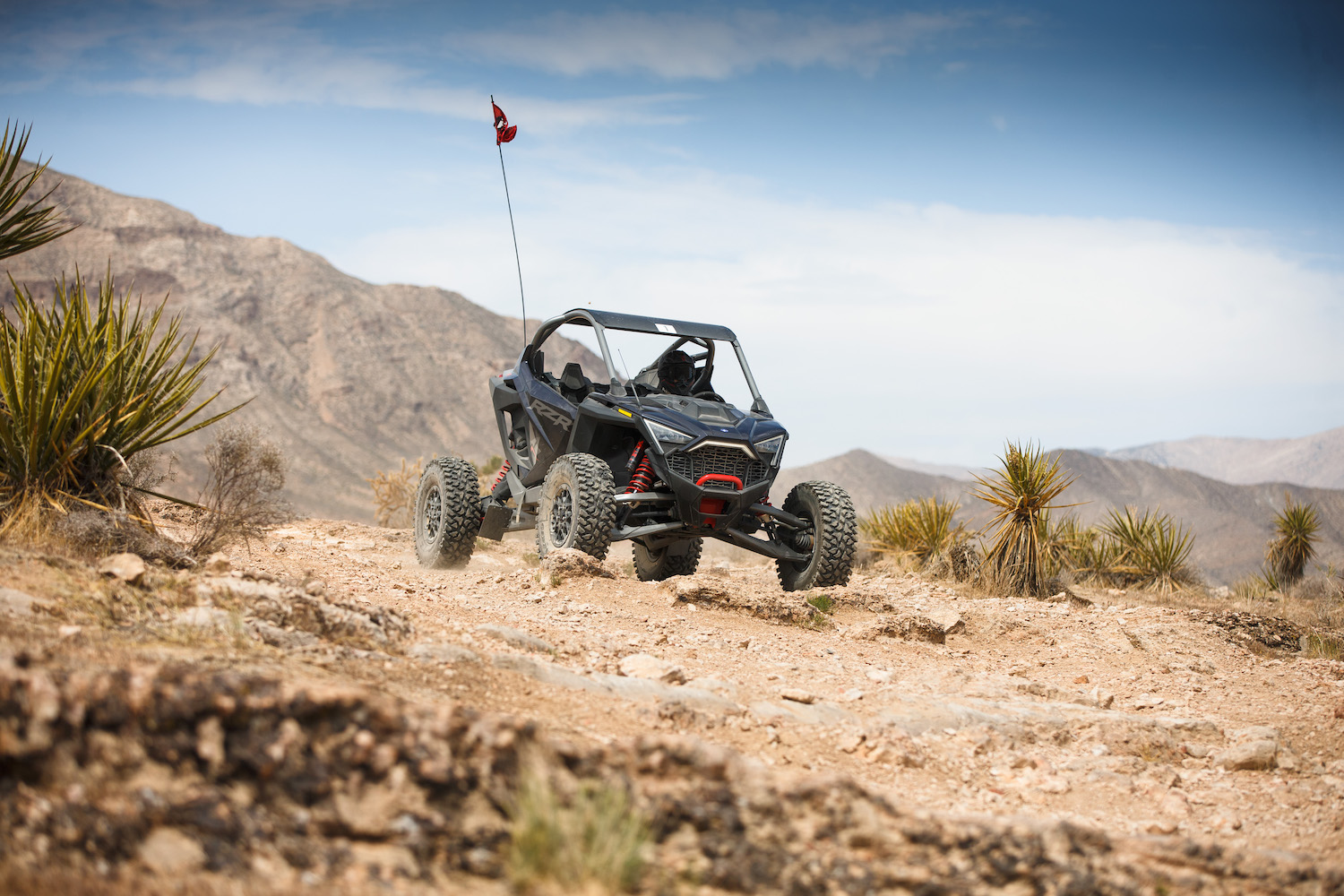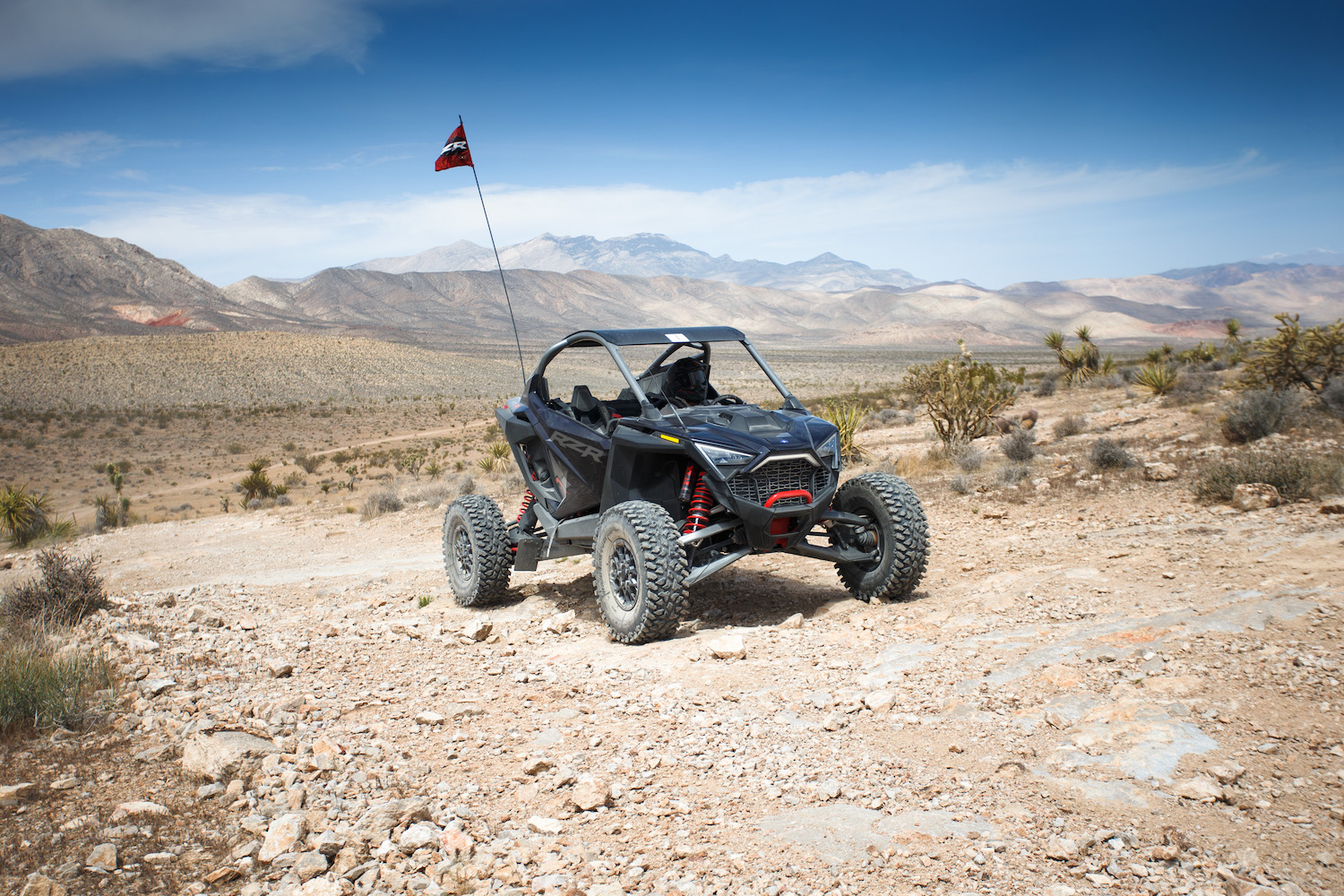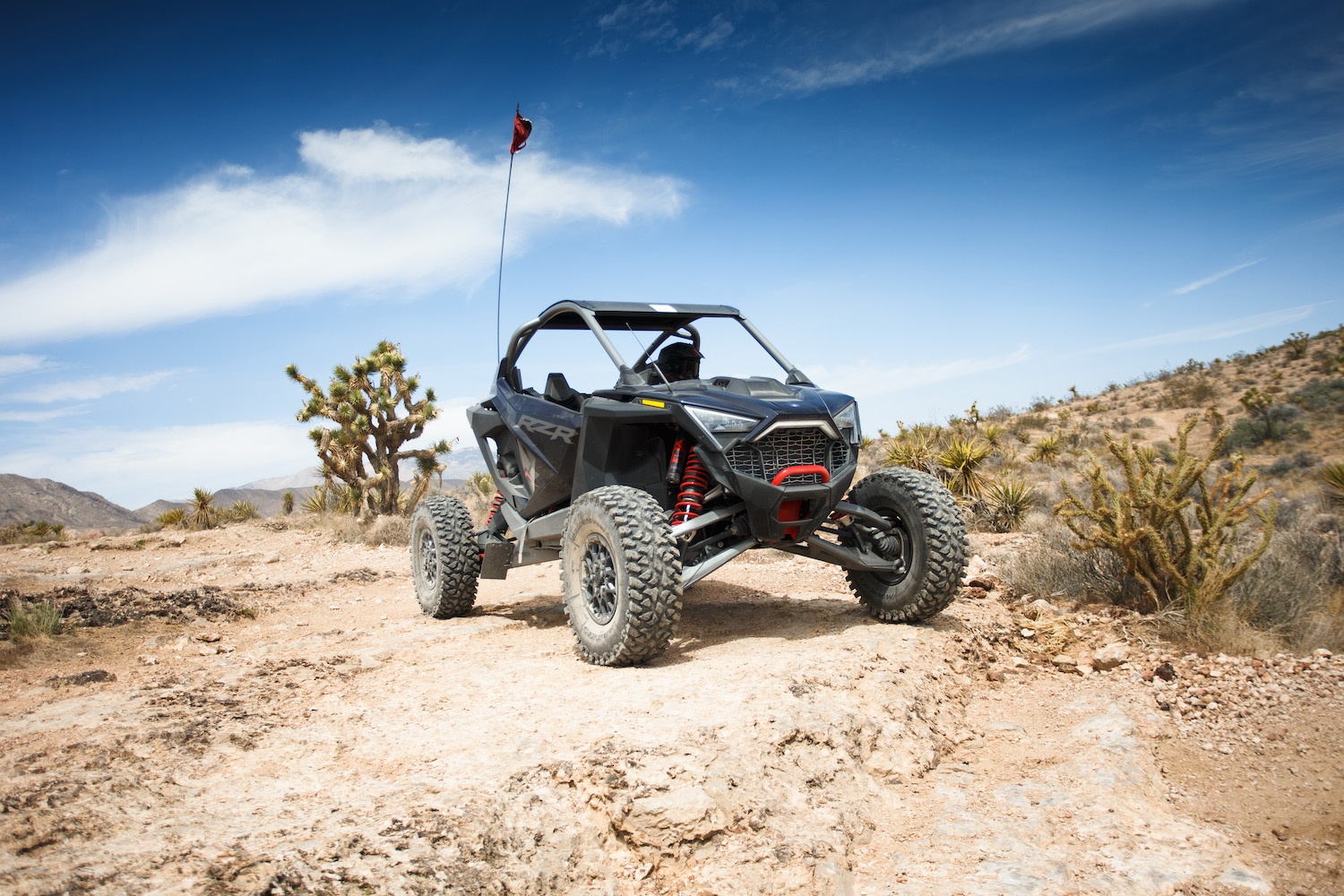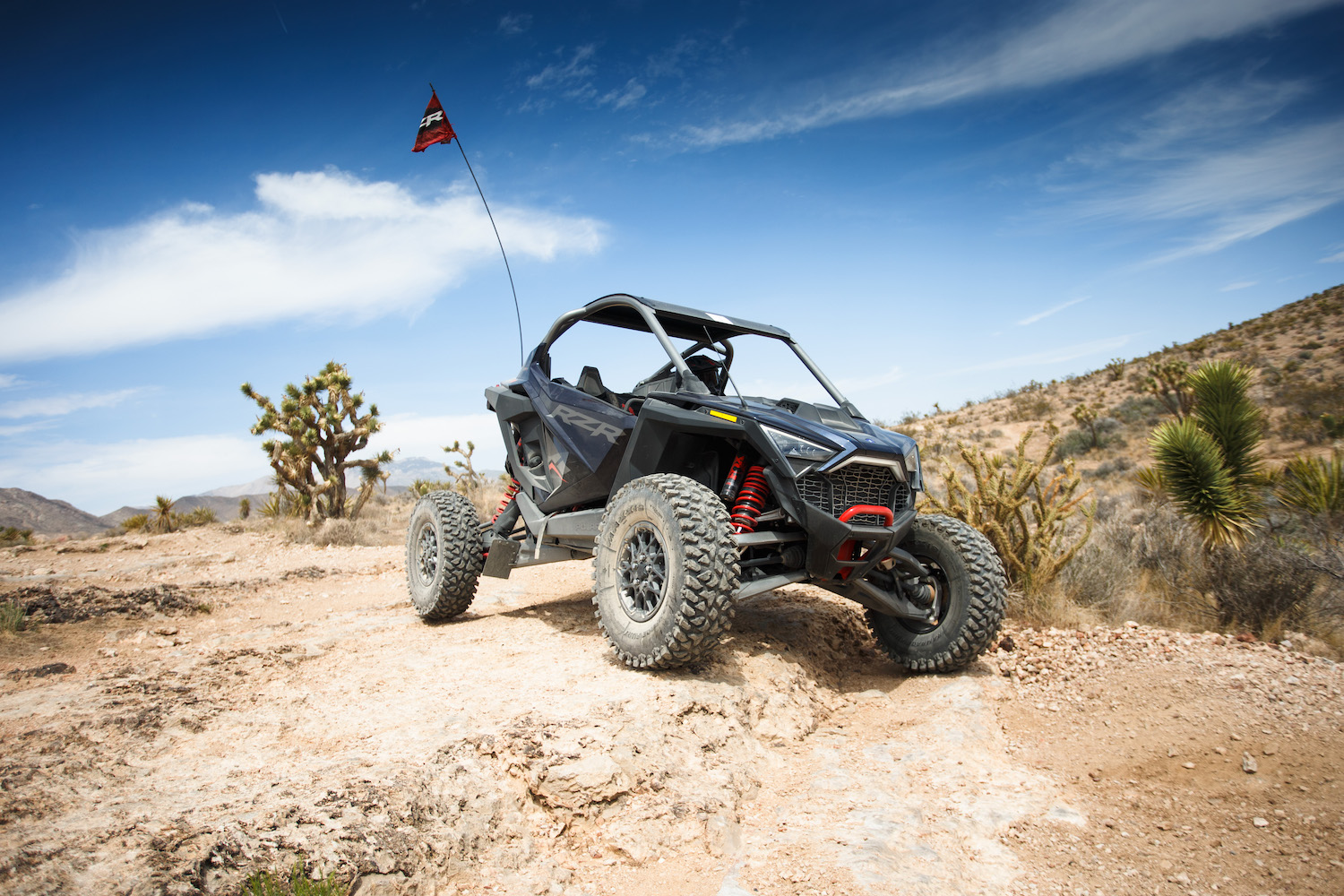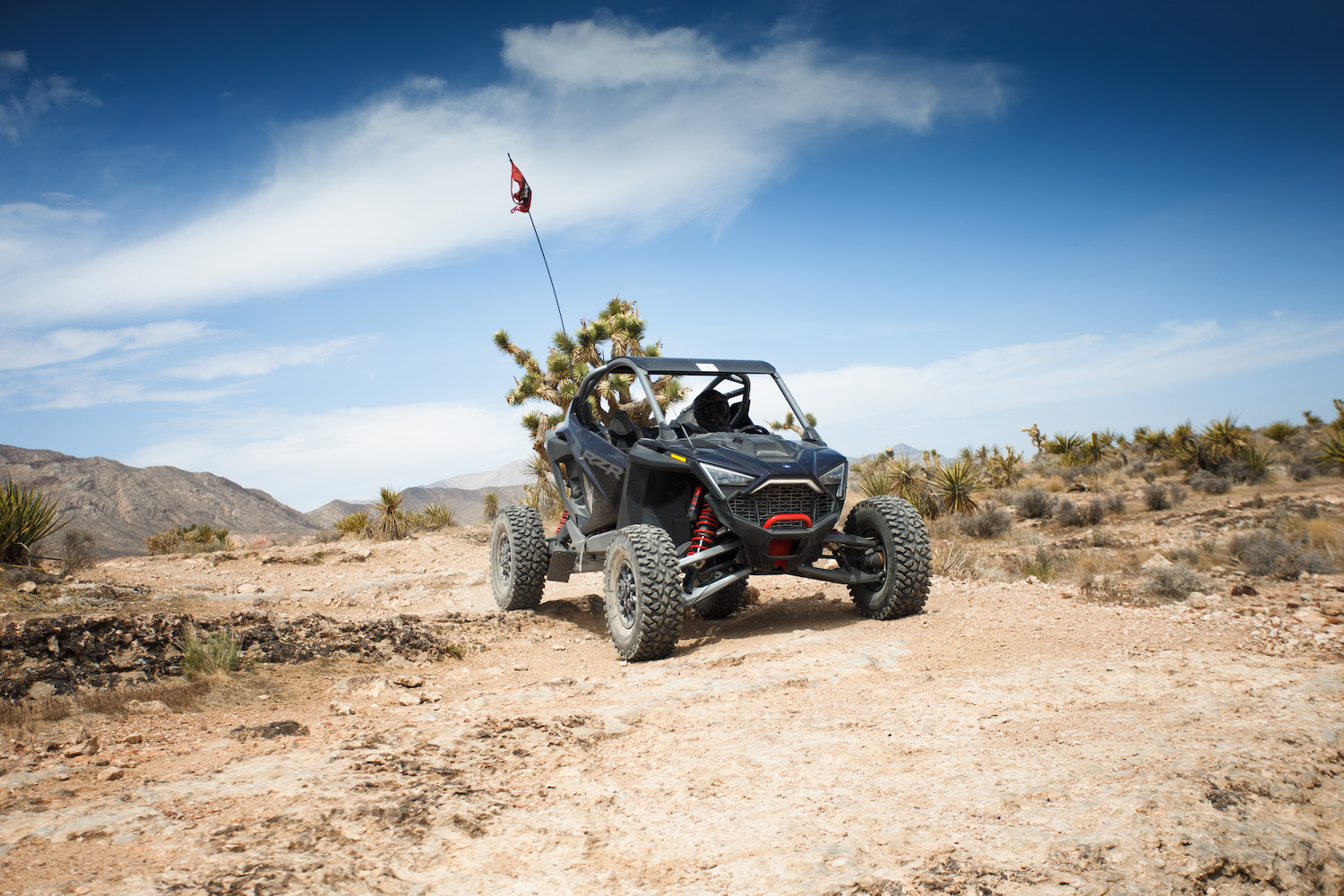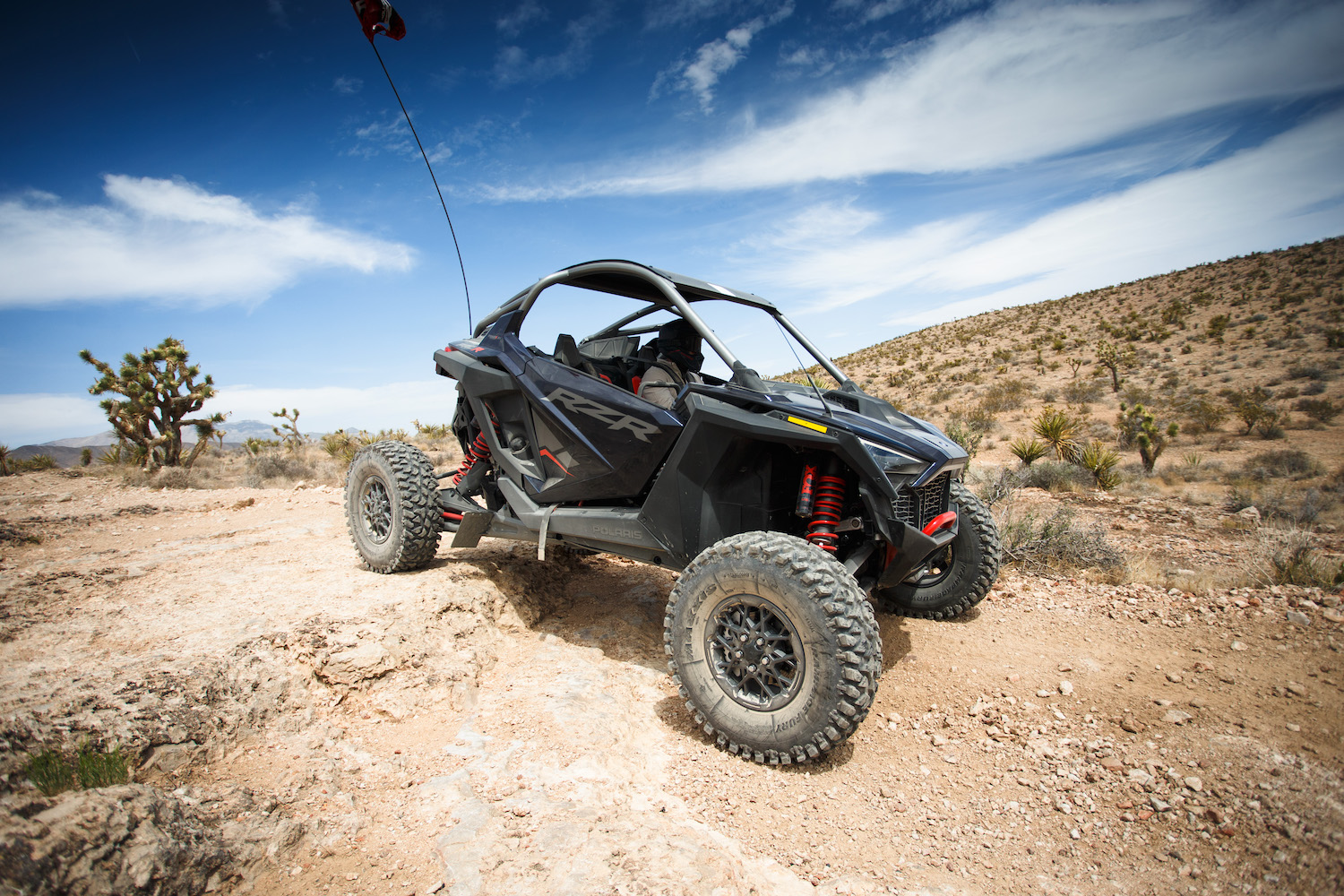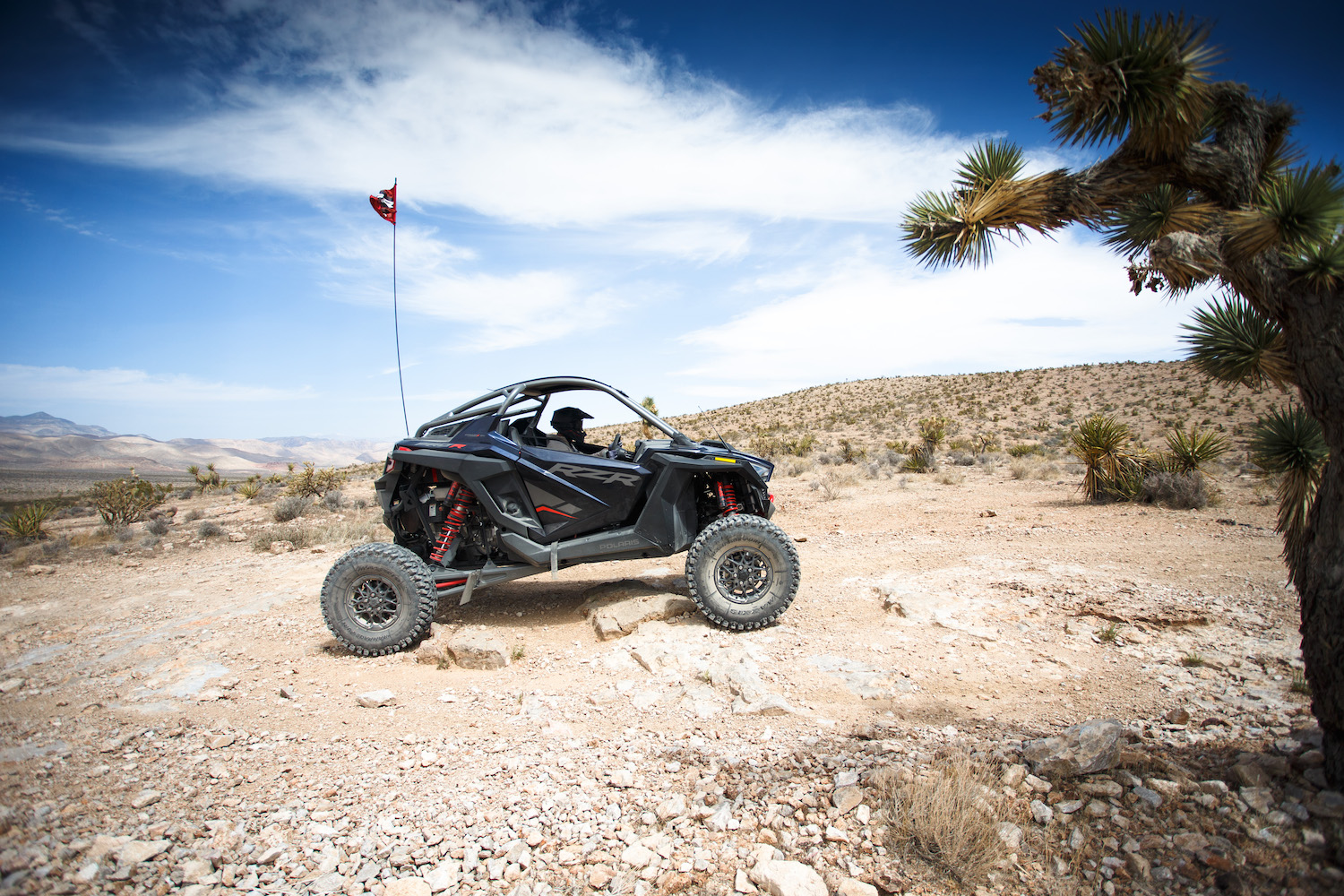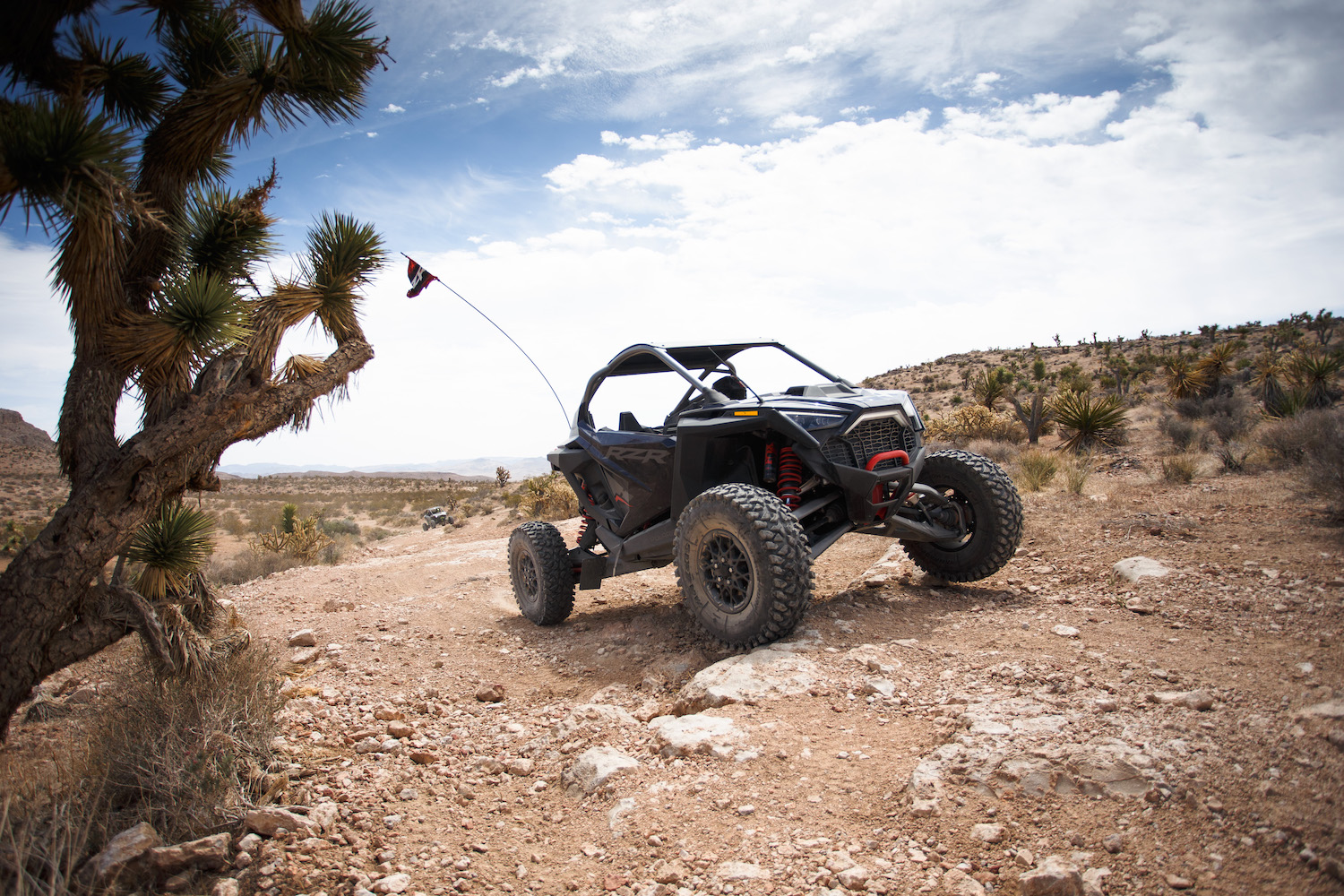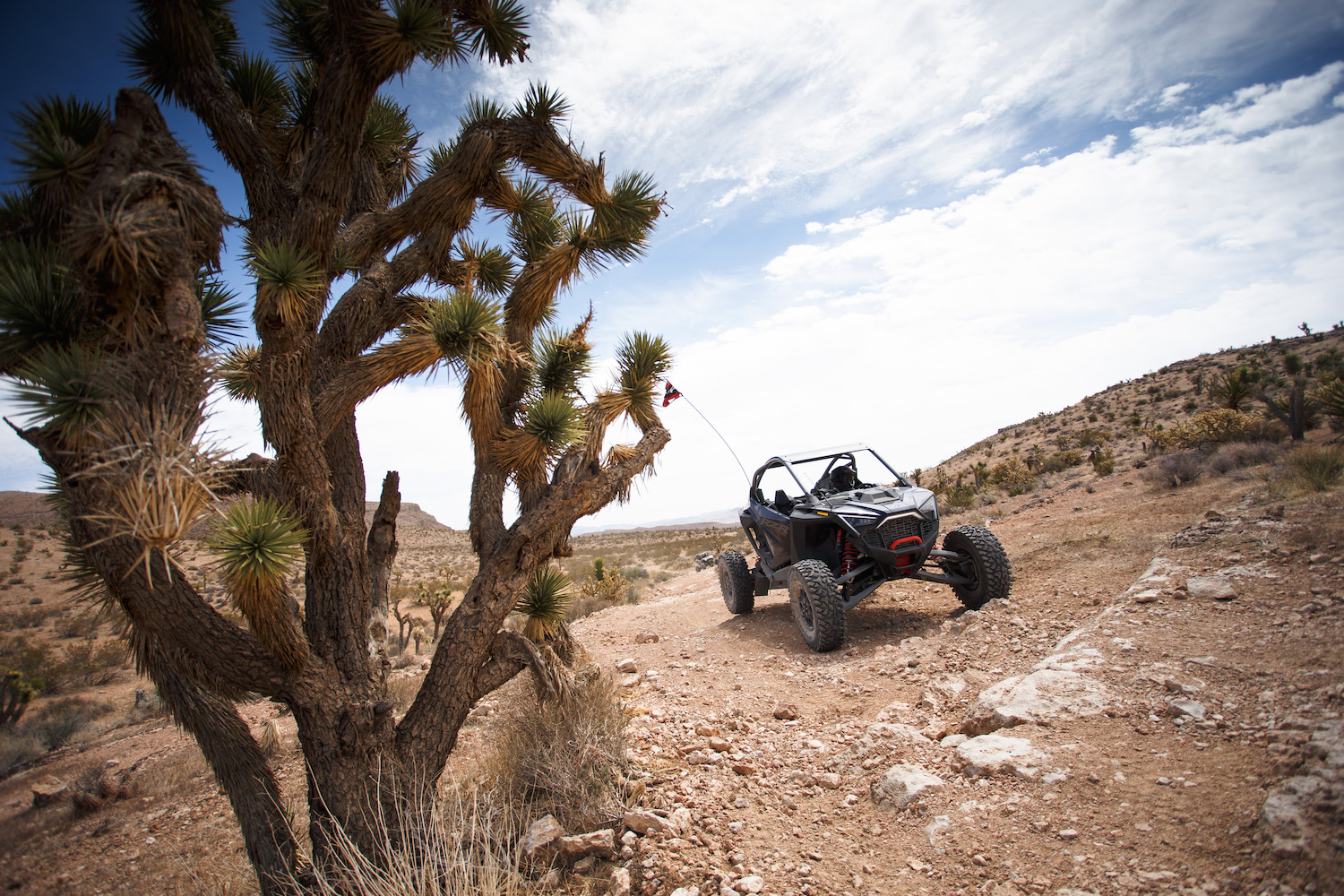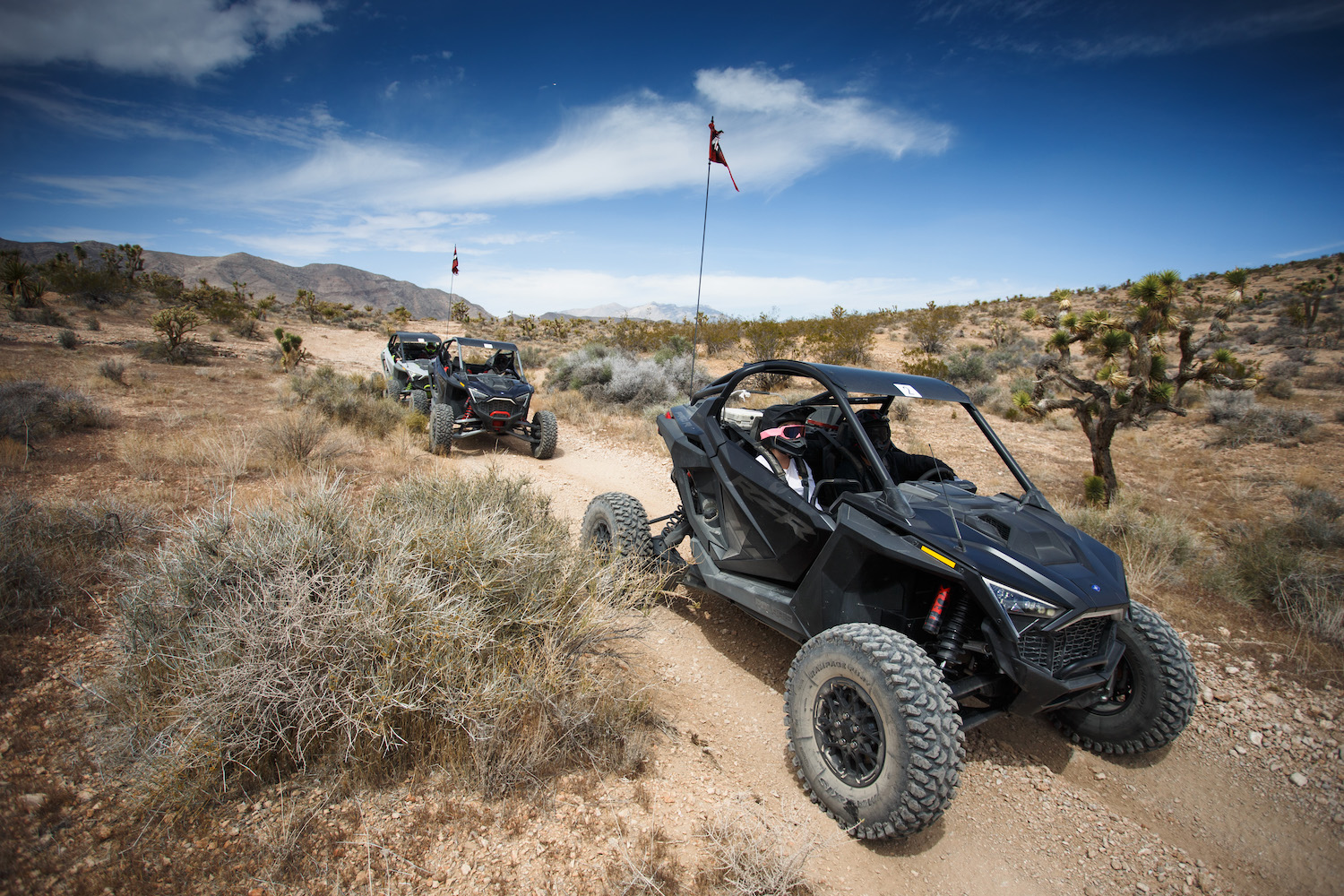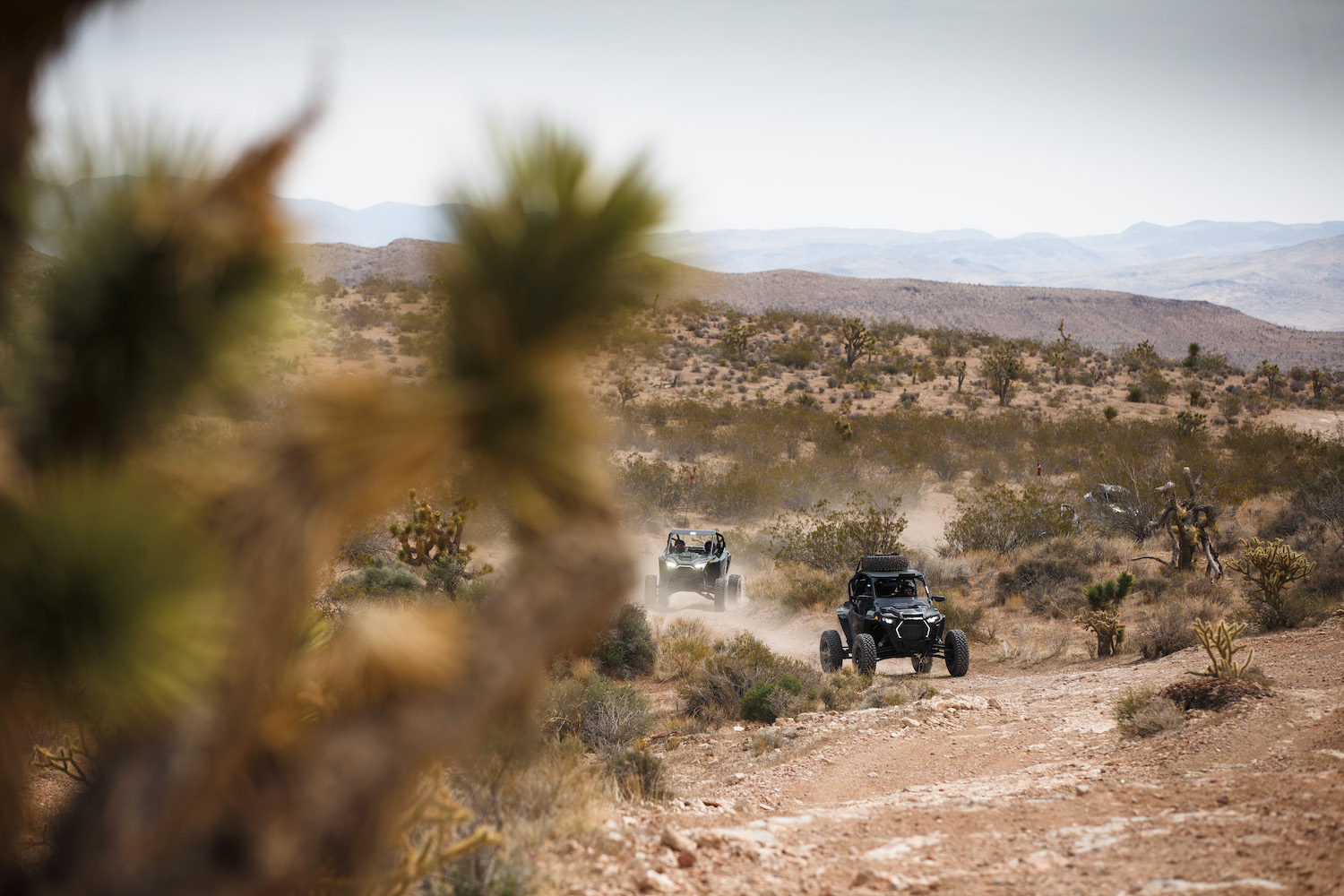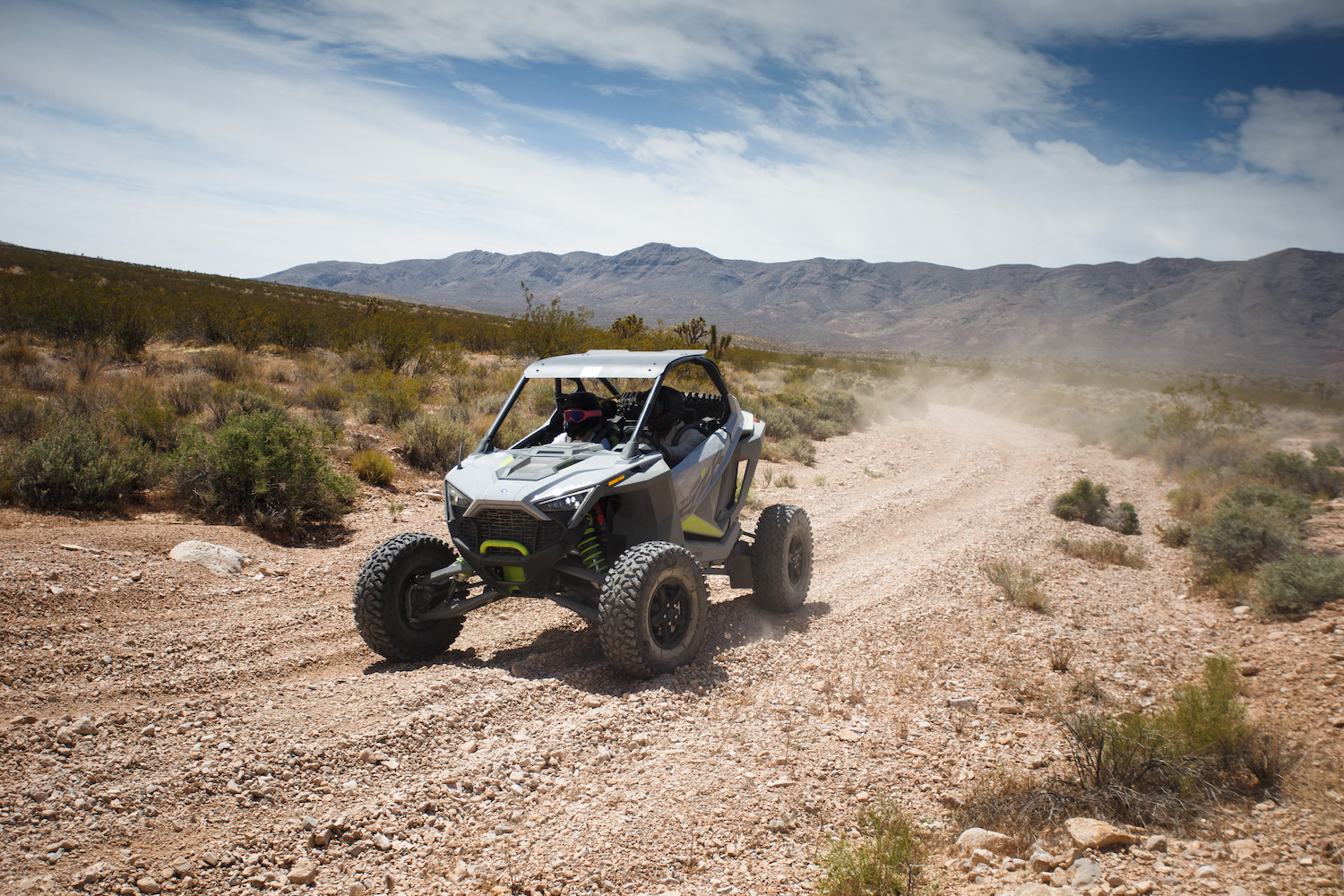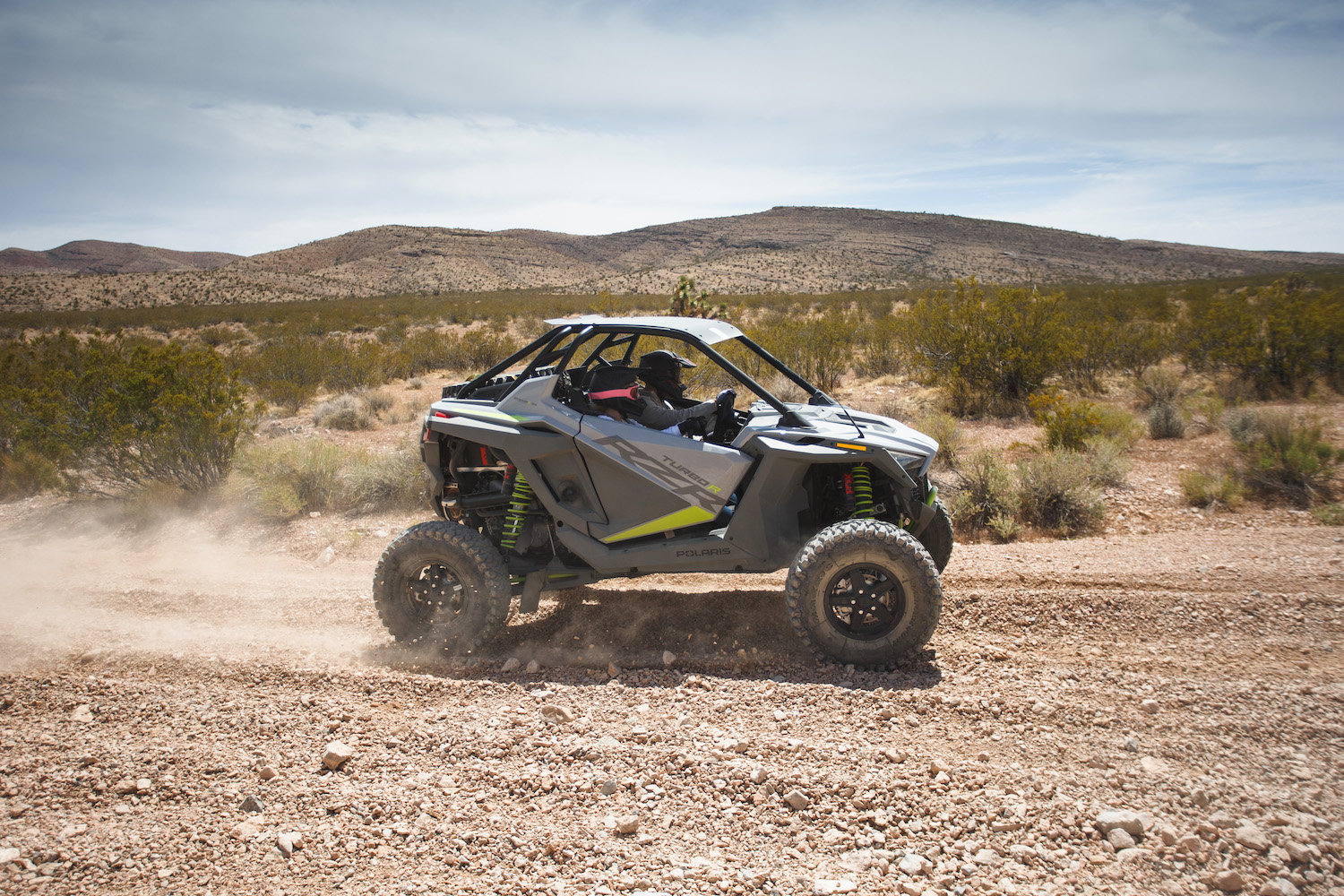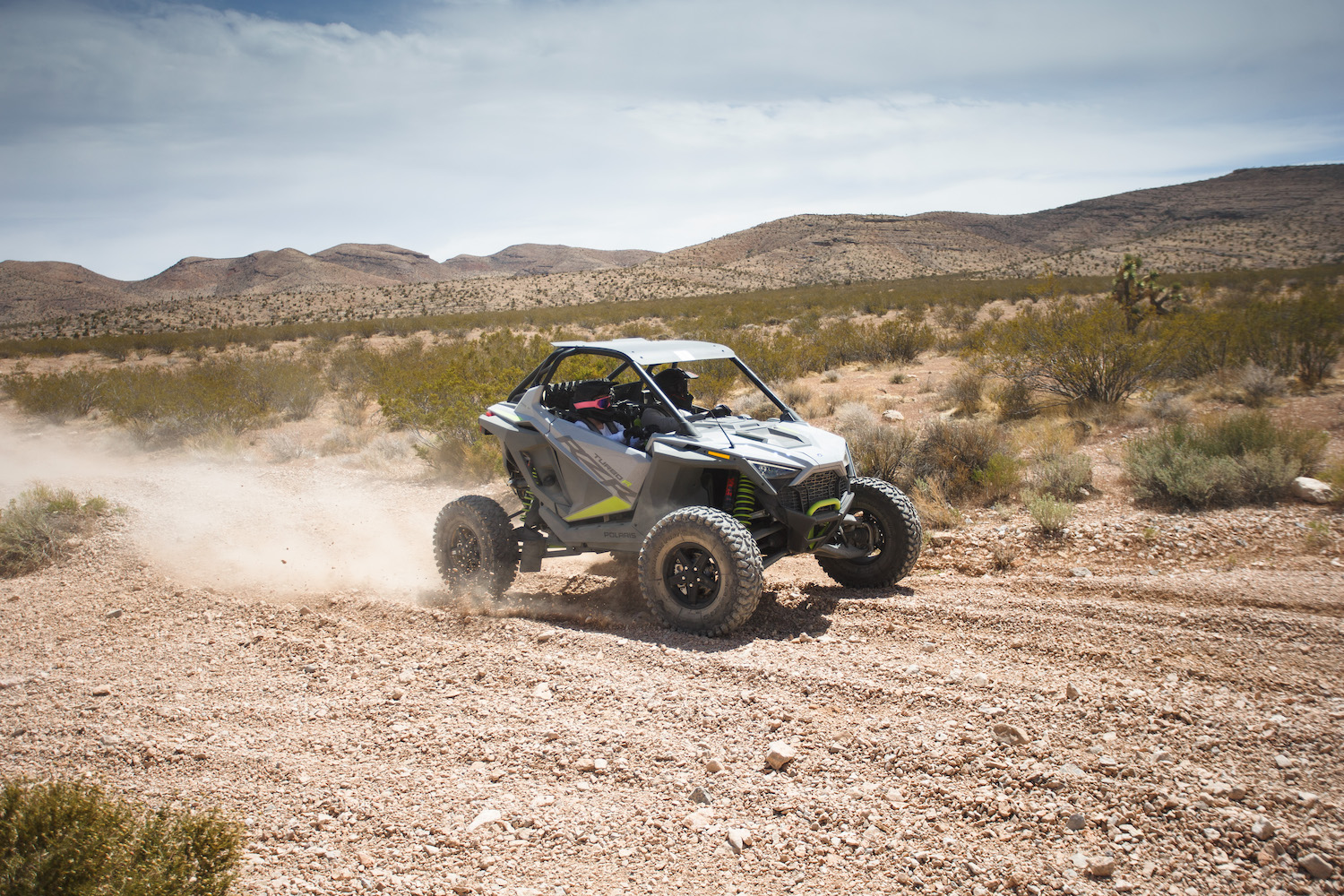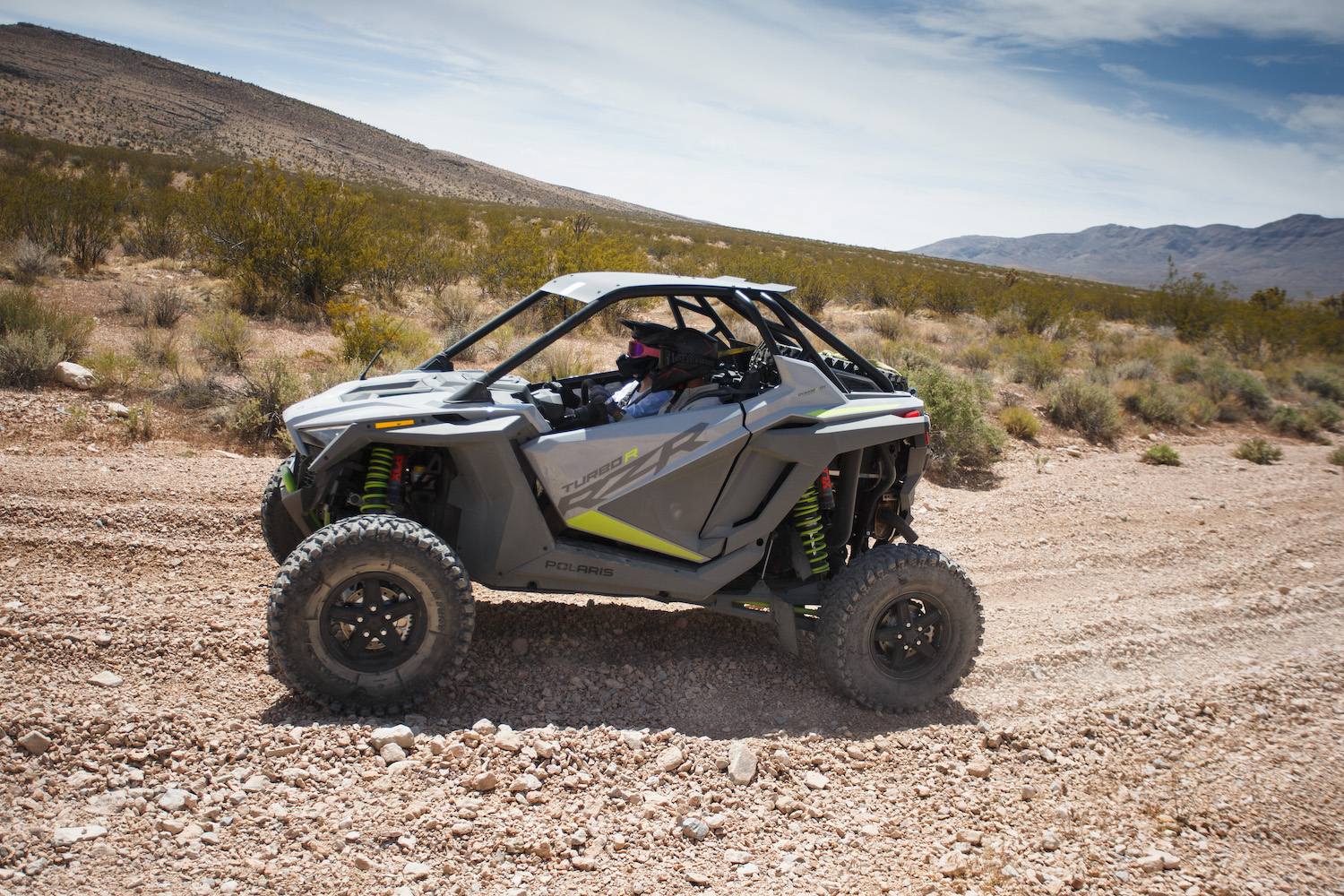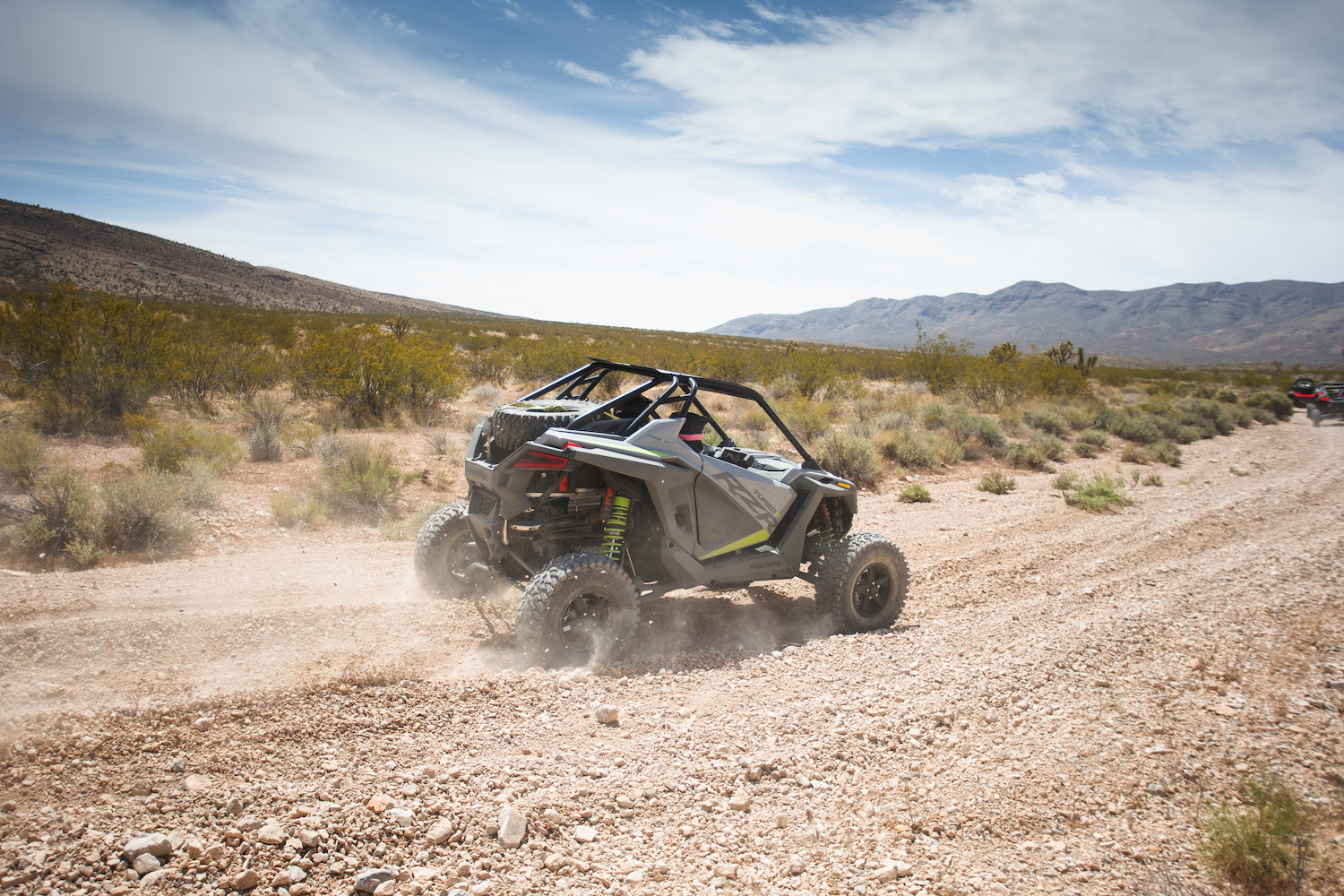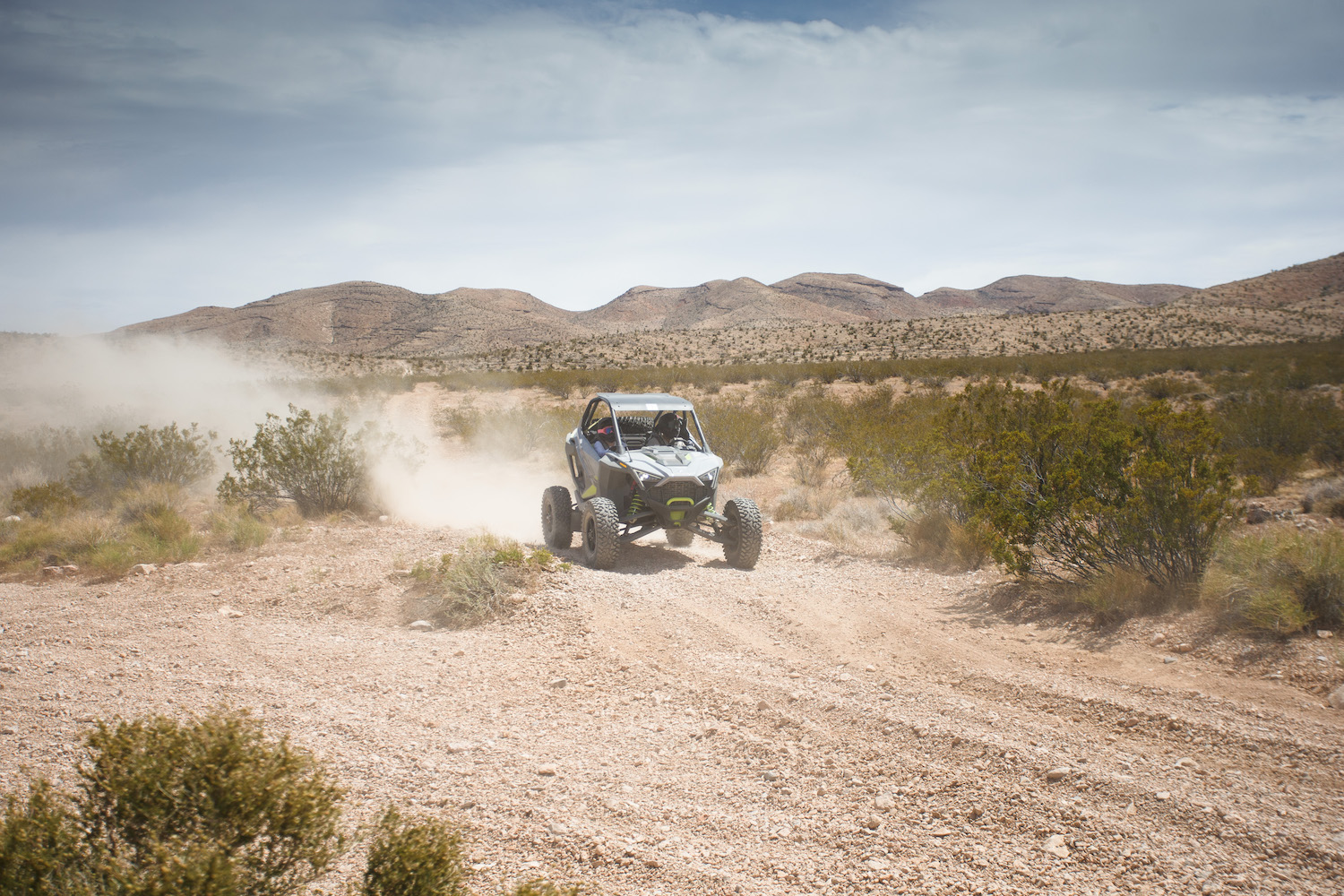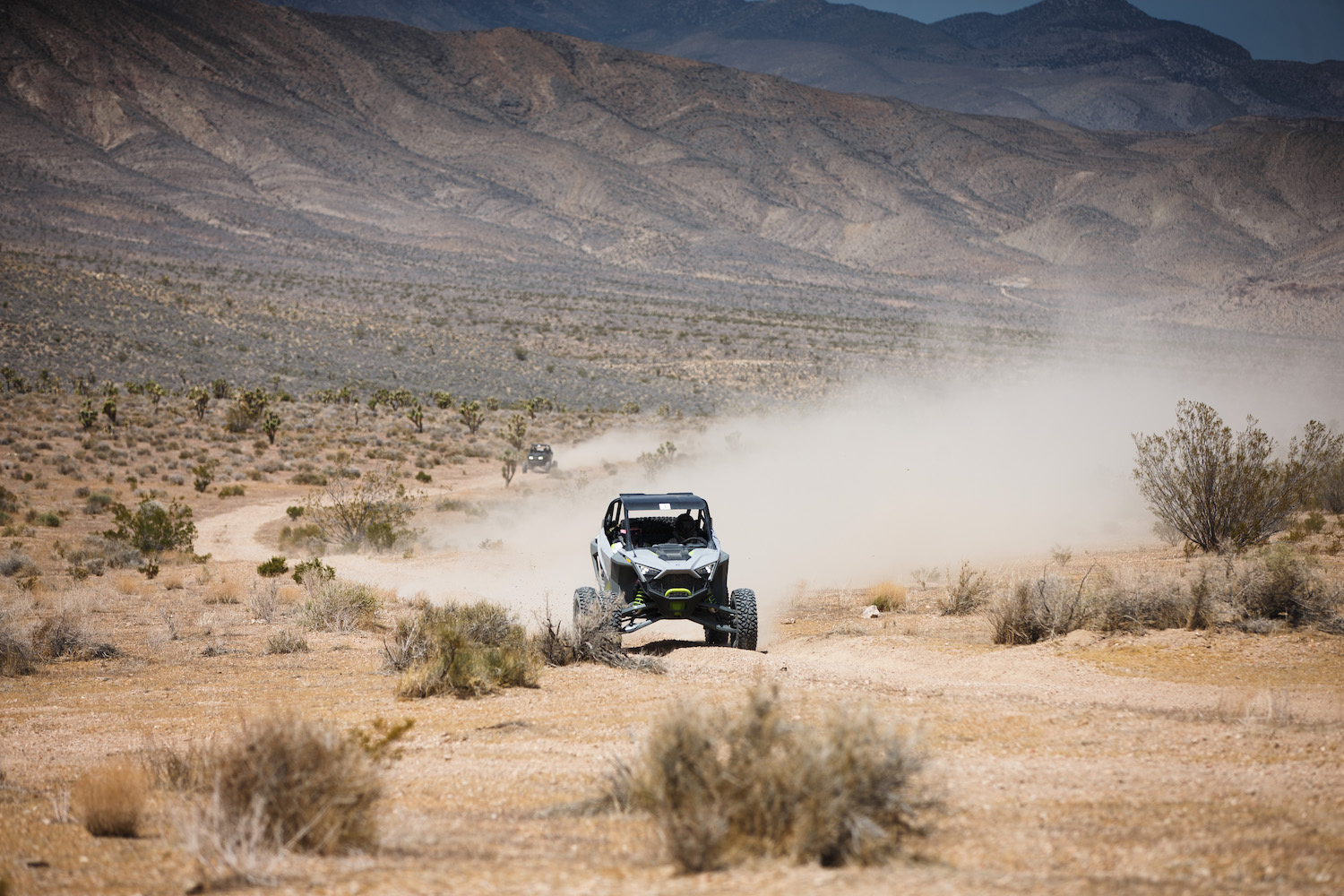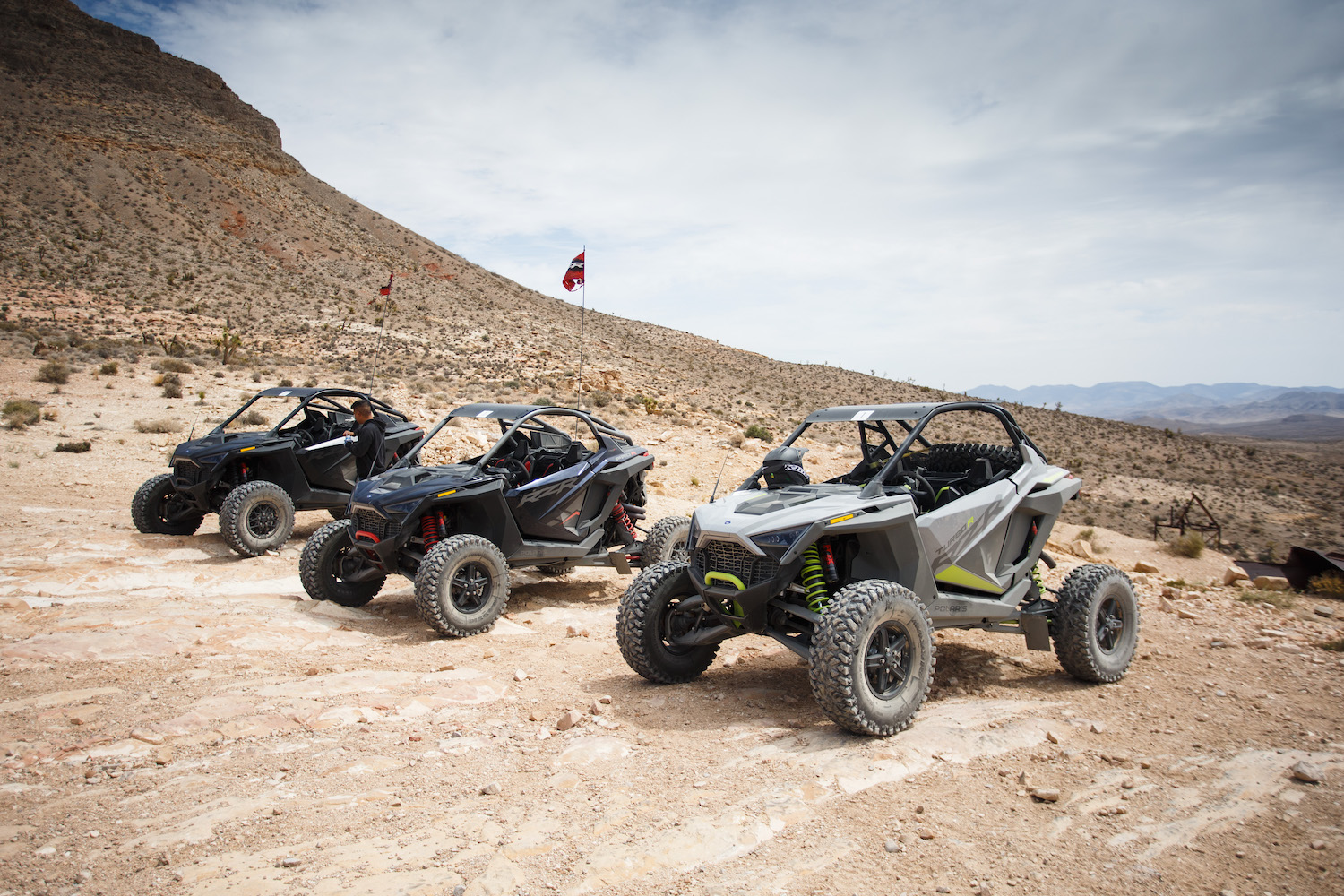Off-roading has never been my thing. As someone that grew up 30 minutes outside of Washington, D.C., where stop-and-go traffic and skyscrapers were closer than off-road trails, I didn’t get into off-roading until the end of my 20s. Even then, crawling over rocks, traversing a cliffside, or having to patiently left off the brake pedal to then gently squeeze onto the throttle and do it all over again doesn’t speak to me in the same way as spending the day at an autocross event.
The main reason for this is simple: you get to go a lot faster on a track. Going fast, at least from my perspective, is more enjoyable than a white-knuckle experience in the middle of the woods. Off-roading takes patience, skill, spotters, a knowledge of the terrain, and a strong stomach to be able to handle the jostling ride. It’s the patience part that gets me. It’s rewarding, just not in the same way as pushing a car to its limits on a track. For me, it’s the difference between bourbon and scotch – I love the former and will stomach the latter.

The Polaris UTV experience
For people that agree with me and for those that believe I’m a moron, there’s a new class of high-performance side-by-sides that have appeared recently. These vehicles look like stripped cars, boast power-to-weight ratios that match some supercars, and the trick suspension setups of Baja racers. For anyone that thinks off-roading is boring, Polaris is here to prove everyone wrong with the RZR Pro R and Turbo R.
You’re going to have to be a masochist to strap yourself into the incredibly snug bucket seats and six-point harnesses in the RZR Pro and Turbo R. The heat, the rocks, the noise — it’s not exactly comfortable. But as something that people can do behind the wheel of a vehicle with four wheels, there’s nothing quite like bombing through the desert in one of Polaris’ high-performance machines. Forget about what you know about off-roading, UTVs, or performance vehicles, the new RZRs take things to another level. And after a taste of what these vehicles are capable of in the right terrain, you’ll be hooked.
The Polaris RZR Pro R
Polaris brought two RZR models to a desert landscape just outside of Las Vegas for a day of off-roading. There’s no guidance, no coaching, no warning. We get an overview of the models and some help to get strapped into the $40,699 RZR Pro R before setting off on a tiny trail.
From the off-set, there’s no way to hide the fact that the RZR Pro R trim was meant for business. Putting a list of all of the RZR Pro R’s features would read like a technical report. There’s a lot to dive through, but the highlights include a one-piece chassis, a fully welded one-piece roll cage, MaxLink 29-inch suspension, 32-inch tires, Fox internal bypass chocks, and 27 inches of front travel. Oh yeah, you can’t forget about the 2.0-liter four-cylinder engine, which is the largest engine that a company has ever shoehorned into a side-by-side from the factory.
The RZR Pro R roars to life, deafening you in the process as the engine sits just a few inches behind your butt (at least in the two-seat models). With lightweight body panels, zero windows, and absolutely nothing in the way of creature comforts, you feel and hear everything on the outside of the side-by-side. The heavily bolstered bucket seats and tilt and telescoping steering wheel offer a few levels of adjustability, but once you’re strapped into the plastic-heavy cabin that’s filled with dirt and rocks, you understand that this is a special machine, meant for one very specific task: going balls out through the desert.
Getting used to the way the RZR Pro R handles out in this kind of terrain takes time. Missing windows, any kind of comfort features, and sound deadening result in an experience that’s akin to a motorcycle. There’s very little in the way of you and the elements. Rocks, grasshoppers, the sun, noise, all of it gets through the cabin without a filter. Forget about filtered cigarettes, this is the good stuff, dip packed tightly under the lip.
Even at low speeds, the RZR Pro R feels far more exciting than 90% of available road cars. The ride is punishingly harsh, steering is direct to the point where it’s almost connected directly to your brain, and throttle response is immediate. Under hard acceleration, the entire front end pitches up and under heavy braking, it dips down. Somehow, 25 mph seems way too fast.
“Comfort Mode,” is the standard setting, but it’s hardly what we’d call comfortable. A few pushes of a meaty “Mode” button on the steering wheel flips through other “Rock, Baja, and Track” modes. The modes adjust the shocks, which are gathering data at a rate of over 200 times per second and automatically adjusting each shock for the best performance.
Rock Mode is for traversing rocks, duh. We got to try out the mode in a short section of terrain, but the RZR Pro R would’ve been able to complete the run in Comfort Mode. I shudder to think about the terrain that actually pushes Rock Mode to its limits. Track Mode is an oddball. It stiffens the suspension, increases steering effort, and keeps the RZR Pro R as flat as possible for corners. Lastly, Baja Mode is for whoops, bringing a tall ride height, more roll and pitch, and a feel like a real trophy truck.
As if someone needed more settings, the RZR Pro R has throttle control modes that alter the response from the throttle pedal, a big red X or “oh shit” button on the steering wheel that puts the suspension into its stiffest setting for blind drops that make you curse out loud, and a switch to engage four-wheel drive. There’s a case to be made that the side-by-side has one too many buttons.
On terrain like this, with a mixture of ruts, whoops, and rocks, Baja Mode is the easy choice. Driving the RZR Pro R and having to think about all of the different modes, the terrain, puncturing a tire, and the gorgeous scenery is sensory overkill. The RZR Pro R is blindingly fast on this terrain. The suspension, wide track, and elongated wheelbase help the UTV feel planted, despite the body movements. And did I mention how fast it is? The 2.0-liter four-cylinder engine is pumping out 225 horsepower in a body that has a dry weight just north of 2,000 pounds. It’s a ludicrous combination that results in a mix of sheer terror and joy. It’s hard not to grin like a madman while you live out your trophy truck dreams of tackling Baja 1000. Getting up to 60 mph in a straight line gets your brain to yell “STOP,” while the hairs on your body stand on edge when pulling off little drifts as rocks bang across the rear end.
The RZR Pro R is an absolute beast that both excites and terrifies in equal measure. It requires your brain and eyes to think so far ahead that it’s almost too fast and too much. It’s also crazy expensive with an as-tested price of $40,699.
The Polaris RZR Turbo R
For people that don’t have that kind of disposable income, but still want a highly capable side-by-side, there’s the RZR Turbo R. It doesn’t have the same roster of equipment as the RZR Pro R, but it costs $35,299 for the spec that Polaris brought to Vegas. That’s a huge savings for a vehicle that still comes with MaxLinx suspension, Fox internal bypass shocks, 27 inches of travel in the front, and four drive modes.
The largest difference between the RZR Pro R and RZR Turbo R is what’s behind the driver. The RZR Turbo R features a 925cc turbocharged engine that makes 181 horsepower. Beyond the difference in power, the smaller, more affordable RZR Turbo R feels like an entirely different machine. Its smaller wheelbase and track make it feel more nervous and prone to snap reactions when driving quickly. The turbocharged engine doesn’t have the same linear power delivery as the 2.0-liter, as there’s a fair bit of lag at lower revs before a whirlwind of power comes on. To my ears, the turbo motor putters along like a boxer engine with a more soulful tone than the 2.0-liter, but without the throttle maps of the larger engine, the power difference feels immense.
For the majority of people in need of a high-performance side-by-side, the RZR Turbo R has plenty of the RZR Pro R’s better qualities. It’s the livelier of the two options and requires far more focus to drive quickly. The RZR Pro R feels like a proper race for desert use, while the RZR Turbo R is more along the lines of a street car turned track car.
The desert landscape flashes by at an alarming rate, while the sun continues to bring high temps. The RZR UTVs bomb along without needing anything beyond better drivers to get the real limits out of them. Who cares about limits? These vehicles offer a purer driving experience than anything this side of a supercar. Options like the Ram TRX and Ford F-150 Raptor may have far more powerful engines and go-fast components, but they’re enormous, heavy, and cushy compared to the lightweight RZRs.

I envy the people that live on this side of the U.S. where wide-open stretches of desert are open to the public. The RZRs are built for this side of the world with the main factor being cost. If you have the funds, find a buddy that’s just as wealthy as you, link up with Polaris’ nifty navigation that lets you keep track of where everyone is – super handy when one of the drivers in our group decided to head off-track into the desert – and find a brave co-driver.
After experiencing the RZR Pro R in its elements, few things feel as good behind the wheel of a car. For people with deep pockets and access to a desert, the RZR Pro R and RZR Turbo R are machines that inject fuel and dirt directly into your veins. Fair warning, the experience is addictive and hard to replicate.
